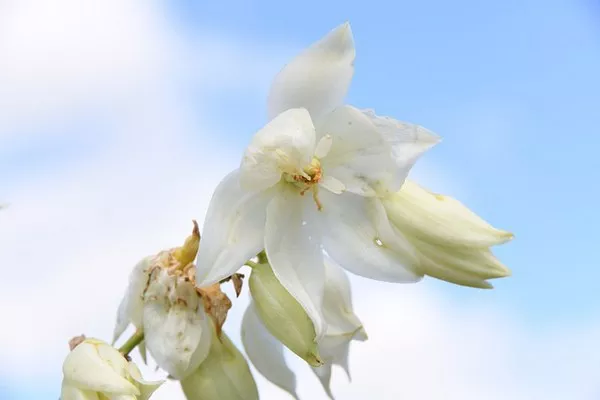A captivating new chapter in the world of hibiscus breeding unfolds as Dariusz Malinowski, Ph.D., a renowned plant physiologist and breeder at Texas A&M AgriLife, introduces the very first coral-colored hibiscus. After prior achievements in creating blue and maroon hues, this groundbreaking innovation ushers in a vibrant addition to the realm of ornamental plants.
As a scientist leading the forage and ornamental plant breeding program at Texas A&M AgriLife Research and Extension Center in Vernon, Malinowski’s expertise shines in his meticulous work with perennial cool-season forage grasses and robust hibiscus varieties. The coral-colored hibiscus marks another extraordinary milestone in a journey that began as a hobby in 2005, blossoming into a full-fledged endeavor that has earned Vernon the distinction of being the Hibiscus Capital of Texas.
Rick Vierling, Ph.D., Director of the Texas A&M AgriLife Research and Extension Center at Vernon and Texas A&M AgriLife Foundation Seed, praises Malinowski’s contributions, noting, “This new hibiscus hybrid is a testament to Dr. Malinowski’s innovative work, elevating the Texas A&M AgriLife center in Vernon to the forefront of hibiscus breeding. Dr. Malinowski’s creations have generated immense global enthusiasm, and we are proud to have hibiscus breeding as a central program at the center.”
Malinowski’s journey from personal interest to a full-scale hibiscus breeding program began with collaboration with Steve Brown, the former director of Texas A&M AgriLife Foundation Seed. Brown recognized the commercial potential of Malinowski’s hibiscus hybrids, and this hobby soon transitioned into a formal research program in 2010 at the Texas A&M AgriLife Center.
His journey truly took flight when Malinowski achieved a remarkable feat a decade later, introducing novel flower colors, most notably the “bluish” hues. His creation, Blue Angel, launched in 2012, merely two years into the program’s existence, marked a significant breakthrough, sparking the development of over 30 experimental hibiscus lines with captivating blue blooms.
Yet, Malinowski’s vision extended beyond blue to a broader spectrum of colors. His recent achievements encompass magenta, silver, maroon, purple, “blue metallic,” and dual/multicolored flowers. The next challenge was to conquer the realm of orange and yellow blooms.
A significant breakthrough came in the form of the elusive coral hue. Amidst his expansive collection of over 20,000 experimental plants, Malinowski’s sharp eye detected unique shades of red transitioning into coral tones. After meticulous hybridization cycles, a hybrid with pinkish-coral hues emerged, setting the stage for the new coral-colored hibiscus. Through persistence and the “gene stacking” approach, he succeeded in cultivating a plant flaunting the elusive dark coral flower color.
This success heralds not only the expansion of the hibiscus color palette but also the potential for a breeding program aimed at creating orange-flowering hibiscus. Undeterred, Malinowski’s next ambition rests in developing true yellow-flowering hardy hibiscus. This quest, although challenging, embodies the spirit of innovation that characterizes his work.
As Vernon High School graciously hosted his breeding program following the destruction of his greenhouses, Malinowski’s journey continues. His dedication and ingenuity, evident in the creation of the coral-colored hibiscus, symbolize the marriage of science and artistry, enriching the world of ornamental plants with captivating colors and renewed possibilities.


